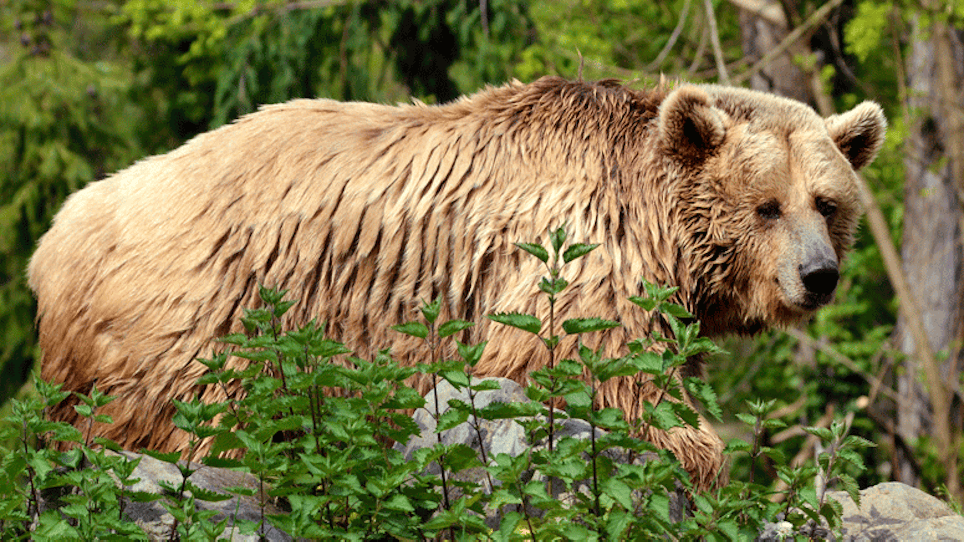I have hunted grizzlies and their larger cousin, the brown bear, a lot, mostly in Alaska but also a bit in western Canada. I’ve also been an assistant guide on brown bear hunts. All told, I’ve seen upwards of 25 of the big bears taken by hunters. To say there’s nothing like it on the continent is a profound understatement – especially when bowhunting.
When I was younger and much more foolish, I sometimes bowhunted grizzlies alone. Sure, I had a big gun, too, and early in the game had to use my .338 on a whopper brown bear that died less than 20 feet from me (it was a very lucky shot). After some time at it, I learned that only a moron goes grizzly hunting by his lonesome.
I also learned that you absolutely cannot mess with a big bear’s sense of smell. It’s as good as anything you will ever hunt, anywhere. Their eyesight is good, too, but not great, and the hearing also good, but often there are natural sounds – wind, streams tumbling over rocks, that sort of thing – that help mask your approach. If you can find a bear that’s moving, set up in their line of march and wait, good things can happen. Stalking a stationary bear – one asleep or feeding on a dead animal, perhaps – is doable if you watch the wind, take your time and keep low. Stalking a moving bear is like herding cats, since they rarely move in a straight line and can cover ground way faster than any man can walk.
Your elk rig is plenty of bow as long as your broadhead blades are razor-sharp. I never hunted grizzlies with mechanical broadheads; of the three I have killed with an arrow, two were with a NAP Thunderhead 125, the other the now-defunct Barrie Archery Titanium 125. You have to keep the shot off the scapula and away from the femur. Once you release an arrow, remain perfectly still so the bear can’t spot any movement that would lead it to believe it has discovered the source of its discomfort.
Hunting grizzly bears was once described to me as 95 percent boredom and 5 percent pure terror. That’s a pretty fair assessment. The boredom part comes with simply trying to locate a bear. This can take a lot of time or no time at all, depending on the turn of the cards. You might glass and hike for days without seeing anything, and then BAM! There’s a bear, and it’s on in a hurry.
The sight of your first grizzly bear will never be forgotten. That’s also when the questions creep into the back of your mind. After all, a grizzly is a threatening animal, a really dangerous character. Your palms become a little sweaty, your breathing a little faster, your heart starts to rev up. You know that you’ve seen the bear and he hasn’t spotted you. You’re a good shot, are with an experienced buddy or a guide that has a large-caliber rifle, and the wind is right. It shouldn’t be any different than moving in for a shot at a deer back home.
And yet, deep down inside, you know that it is different. Even the best grizzly hunt can go wrong – that’s one of the reasons it’s so special. Like I did before my first grizzly hunt, you’ve read all the stories about wounded bears in the alders, of bear attacks and maulings, of chance encounters won by a bear. “Do I have what it takes,” you say to yourself?
Put me in, coach.
How about you? Had any experiences bowhunting dangerous game you'd like to share? Drop me a note at brobb@grandviewmedia.com and let me know how much fun you had!






